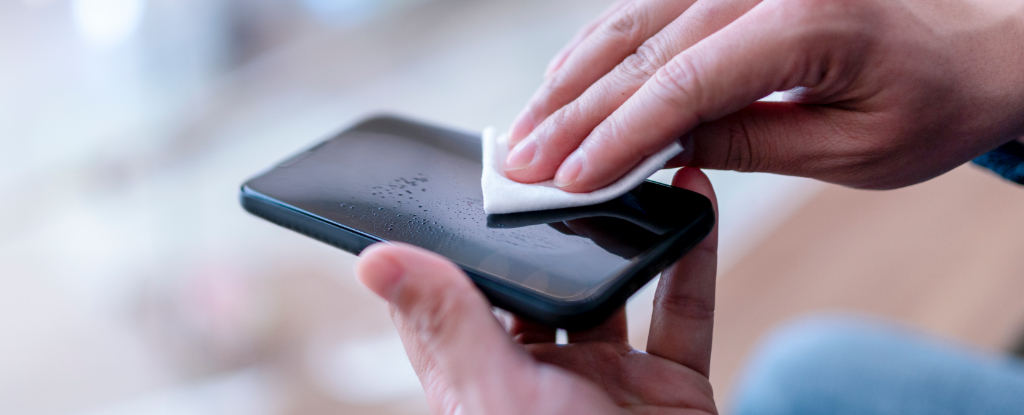
Many people prioritize cleanliness in their daily routines, diligently washing hands and sanitizing surfaces. Yet, the cleanliness of smartphones often goes overlooked, even though these devices are frequently used throughout the day. Recent discussions have highlighted the risks associated with dirty phones, which can harbour various germs and bacteria. Understanding how to effectively clean these devices is crucial for both hygiene and maintaining the phone’s integrity.
The Importance of Cleaning Your Phone
Smartphones are touched multiple times a day and are often used in various environments, including kitchens, restaurants, and bathrooms. The potential for contamination is significant. Research indicates that when mobile phones are tested for microorganisms, hundreds of species of bacteria and viruses are often found. While not all these microorganisms lead to illness, the proximity of phones to our mouths and their exchange between individuals in public spaces presents health risks.
Despite the frequency of use, many people neglect to clean their phones adequately. Unlike hands, which can be washed numerous times daily, phones are rarely sanitized properly.
Choosing the Right Cleaning Methods
Cleaning a smartphone is essential, but improper methods can cause damage. Some common household cleaners can degrade the surfaces and internal components of devices over time. Major manufacturers such as Apple and Samsung caution against using harsh chemicals like bleach, hydrogen peroxide, vinegar, or high-concentration alcohol wipes (over 70%) on their devices.
Most smartphones are coated with an oleophobic layer that helps resist fingerprints and smudges. Using aggressive cleaning agents can strip this coating, resulting in screens that are more susceptible to dirt and diminished touch responsiveness. For instance, vinegar can corrode the edges of devices, and bleach can damage delicate electronic materials.
Instead, effective cleaning can be straightforward and inexpensive. Users should unplug and remove any cases or accessories before cleaning. Recommended methods include using 70% isopropyl alcohol wipes and soft microfibre cloths. These materials are designed to clean without damaging surfaces or internal components.
During the COVID-19 pandemic, Apple updated its guidelines to allow the use of Clorox disinfecting wipes and 70% isopropyl alcohol on iPhones, provided they are applied gently. Similarly, Samsung recommends using a microfibre cloth slightly dampened with a 70% alcohol solution, avoiding direct application to ports and openings.
Best Practices for Phone Cleaning
To avoid accidental damage while cleaning, users should never spray liquid directly onto the phone. Doing so risks moisture seeping into ports and other internal components, potentially causing short circuits or corrosion. Submerging phones in cleaning solutions is also risky, even for water-resistant models, as seals may degrade over time.
It is advisable to avoid using paper towels or rough cloths, as these can scratch screens or leave lint in openings. Over-cleaning should also be avoided; excessive wiping can wear down protective coatings, making devices more vulnerable to damage.
Cleaning Frequency Recommendations
While there is no strict guideline for how often users should clean their phones, a thorough wipe-down at least once a week is advisable under normal conditions. For those who frequently take their devices into high-risk environments, such as public transport or gyms, more frequent cleaning is sensible.
Given the amount of time individuals spend using their phones, prioritizing hygiene by cleaning these devices should be an essential part of daily routines. Following proper cleaning techniques is simple, affordable, and can significantly reduce the risk of germ transmission while preserving the integrity of the device.
Meena Jha, Head of the Technology and Pedagogy Cluster at CQUniversity Australia, emphasizes the importance of integrating phone cleaning into hygiene practices. Keeping phones clean not only contributes to personal health but also enhances the longevity of the device.







